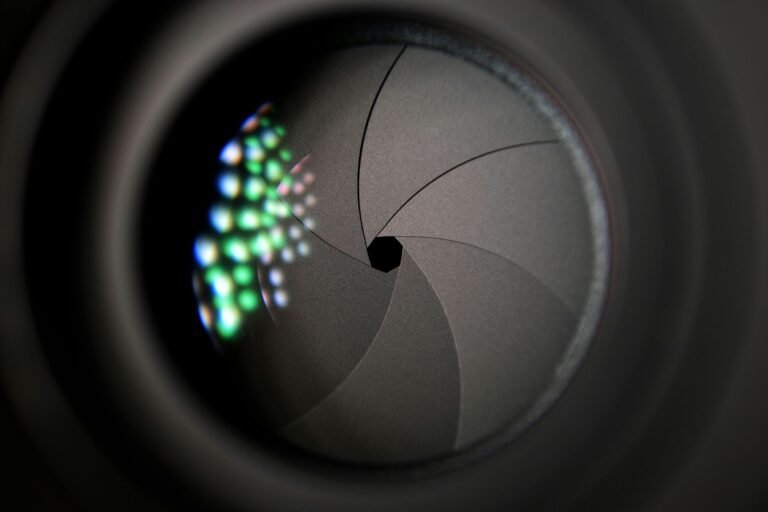Table of Contents
Introduction
Smart home cameras protect you as soon as you step away from home. In 2024, home security cameras have grown from simple recorders into AI-enhanced devices. According to a study by the National Institute of Security, these cameras can cut crime risks by up to 40%.
These cameras work nonstop to keep your home safe. They offer real-time monitoring and work well with other smart home devices. Whether you live in a busy city or a quiet area, these cameras give you peace of mind and active protection.
Enhancing Home Monitoring and Peace of Mind
- Package Protection: Smart cameras alert you when packages arrive and monitor your doorstep.
- Remote Home Monitoring: You can check your property anytime, anywhere, even when you are away on vacation or work.
- Enhanced Situational Awareness: Advanced video analytics let cameras tell the difference between people, animals, and vehicles. This improves the accuracy of alerts, especially for large properties or rural homes.
- Home Management: These cameras work with smart lighting and HVAC systems to help save energy when you are not home.
Smart Implementation Tip
Leverage your camera’s advanced zone monitoring. Create custom alert areas around your property using the camera’s software. When motion occurs in these zones, you get instant notifications. This feature acts as a digital boundary that keeps you informed without a physical fence.
Technical Advancements Driving Smart Camera Evolution
New technologies drive smart camera improvements.
1. 4K Ultra HD Resolution: Many cameras now shoot clear 4K video that shows details even from a distance.
2. Edge Computing: Some cameras process data on the device. This reduces delays and protects your privacy by lowering cloud transfers.
3. 5G Connectivity: Faster wireless networks support high-quality video streams and quick alerts.
4. AI-Powered Audio Analysis: Some cameras now listen for sounds like pet noises or running water to add an extra layer of security.
Emerging Trend: AI-Powered Behavioral Analysis
New high-end cameras use AI to tell routine events from unusual ones. This helps lower false alerts. The technology is new for most consumer devices. Future cameras may include:
1. Predictive Analysis: Cameras might predict maintenance needs or environmental changes based on past data.
2. Smart Home Integration: Cameras could work with other smart devices. For example, increased outdoor activity might prompt smart blinds to close.
Cost-Benefit Analysis
- Initial Investment: $100-$300 per camera based on your needs and location.
- Some providers offer discounts when you equip your home with security cameras. Check with your insurer for details.
- Value of Prevented Theft
- Enhanced peace of mind and property awareness
Personalized Security Solutions
-
For Apartments:
Use small, wireless cameras that install without damage. Choose models with two-way audio to speak with visitors or scare off intruders. -
For Large Properties:
Pick a multi-camera system with wide-angle lenses and night vision. Consider solar-powered cameras for areas far from outlets.
FAQs About Smart Home Security
- How do smart security cameras work?
- They record video and send alerts when they detect motion. Many use AI to reduce false alarms.
- Do smart cameras work at night?
- Yes. Most models come with night vision or infrared capabilities for clear images in low light.
- Can I check my cameras remotely?
- Absolutely. These devices let you view live feeds from your smartphone or tablet wherever you are.
- Are smart cameras hard to install?
- No. Wireless models are simple to install and many do not require professional help.
Explore this topic: Home Automation
Conclusion
Conclusion Smart security cameras deliver clear real-time video and motion alerts. They help you keep watch over your home and may deter unwanted visitors. As technology progresses, these cameras will offer even more features to boost your home safety. If you liked this article, check out this Home Security Camera on : https://amzn.to/4d3j8Wi As an Associate I earn from qualifying purchases
Drawing on practical experience and reputable references, the steps above balance effort and results. Adapt them to your home, budget, and timeline for the best outcome.
If you need clarity on a specific step, revisit the key actions summarized above and proceed with confidence. Design rooms with AI Home Design
AI Home Design: AI Home Design is an artificial intelligence-powered application that generates personalized room designs, furniture arrangements, and renovation ideas based on user inputs and preferences.
Design rooms with AI Home Design
This article contains affiliate links. If you make a purchase, we may earn a commission at no extra cost to you.
Last updated on August 12, 2025





